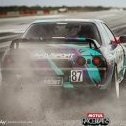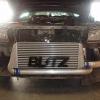Presige Motorsport
Announcements
-
Similar Content
-
Latest Posts
-
Yuh, My new R34 box is sitting on the workshop floor (in its large shipping box, which is a nice thing on its own), along with a front plate to convert to push clutch. There was no way I was interested in rebuilding my existing one. Was only partly interested in the risk of buying a used one. But, if you want a 2nd hander, I can point you to one in/near Melbourne at least. @Komdotkom has one that should be in good enough condition to be usable. I don't think it's in a for sale thread, you'd have to message him. @redzedhas one that definitely needs a rebuild.
-
By Watermouse · Posted
I used to love going to Amaroo to watch the HQ series go for broke (eventually stopped due to lack of spare parts) and also the Porsche series. It was so cool to back your car up to nearly the edge of the viewing barrier and party with your friends, having a bbq and alcoholic/non drinks. It was such a family/mates atmosphere -
Agree with Rob. I recently did mine and replacing with a brand new unit made the most sense compared with rebuilding my existing gearbox.
-
Are you suggesting that the kit did a cheap and nasty job of just jamming the wheel in between other things and caused the misalignment? I mean, we normally do this with an integrated crank trigger wheel, not something bodged on. It's not 1995 any more.






Recommended Posts